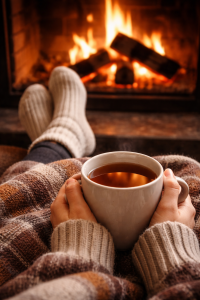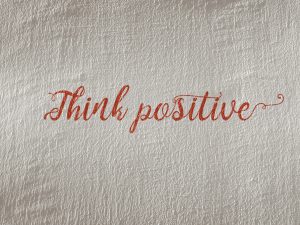Sleepmaxxing has rapidly morphed from a niche interest into a mainstream obsession. What began as a sensible focus on sleep hygiene has become an extreme and sometimes dangerous trend, fuelled by influencers and social media algorithms. From mouth taping to neck-assisted rope swinging which have ended up in serious injuries or worse, the internet is brimming with bedtime rituals that promise ‘perfect’ sleep, but lack credible evidence and sometimes pose serious risks.
This viral movement is driven largely by platforms like TikTok and X, where young men in particular are showcasing ultra-disciplined nighttime routines involving ice baths, supplement stacks, biometric tracking, and blackout curtains that seal out even the glow of a standby light. It’s branded as sleepmaxxing, a catch-all term for products, behaviours, and tools that aim to optimise sleep quality, often using pseudoscientific jargon or questionable methods.
The psychological appeal is clear. In a world saturated with performance metrics, gamified wellness, and 24/7 connectivity, sleep has become another site for optimisation. It’s marketed as a productivity tool rather than a biological necessity. Influencers boast about improved REM scores the way others show off gym gains. And with tens of millions of views behind the hashtag, the message is clear: sleep isn’t something you drift into, it’s something you dominate.
Yet this very mindset may be undermining the thing it seeks to improve. While some practices, like consistent routines and reducing blue light, are supported by sleep science, the more obsessive elements risk backfiring. Psychologists are increasingly concerned about sleep-related anxiety disorders being aggravated by tracking devices and perfectionist routines. Orthosomnia, for example, is a new term coined for insomnia brought on by the pressure to meet sleep tracker goals. Rather than creating calm, these tools can breed hypervigilance and restlessness.
What makes the rise of sleepmaxxing especially troubling is how social media platforms amplify unproven health practices without adequate oversight. As am article published earlier this week highlights, the trend underscores the power of platforms to legitimise pseudoscience while cutting back on content moderation. It’s no coincidence that many of the promoted products are monetised through affiliate links and influencer partnerships. Wellness, once rooted in holistic care, has become another high-yield content vertical.
The absurdity of it all lies in how easily we’ve handed over our health and autonomy to people with ring lights and discount codes. Influencers, once hawking protein powder and skincare routines, are now dictating how we breathe, when we wake, and how many degrees our bedroom should be. It’s no longer enough to be tired, you need to be tired in alignment with your circadian biometrics and an app-approved serotonin arc. What’s next? A 12-part guide to emotional regulation after not finding your shoe size in stock, complete with affiliate links to therapeutic laces? This isn’t wellness. It’s lifestyle theatre pretending to be medicine.
Of course, there’s good in people recognising the importance of sleep. For too long, sleep deprivation was worn as a badge of honour. Sleepmaxxing, at least in its gentler forms, signals a shift in that thinking. But when rest becomes performance, and rituals become rituals of control, we move into murky psychological terrain.
One so-called insomnia cure cited in the article involves people hanging themselves from their necks with ropes or belts to induce rest. That is no longer biohacking. It’s a cry for help masquerading as resilience. And it reveals something deeper: an underlying cultural discomfort with surrender, softness, and letting go.
Sleep isn’t a battlefield. It doesn’t need conquering. The nervous system isn’t a machine to be micromanaged, it’s a living network that requires trust, rhythm, and emotional safety. When we turn rest into yet another arena for discipline and competition, we lose the very nature of what makes sleep restorative in the first place.
Real rest begins with relinquishing control. Letting go of the need to monitor. Making peace with inconsistency. In a world that pushes harder, faster, and better at every turn, perhaps the most radical act of all is simply closing your eyes—and doing nothing at all.
As someone who has spoken with thousands of women having sleep issues when going through the menopause, it’s worth adding magnesium 360mg about half an hour before bedtime. Most found that it starts to work within a couple of weeks and even if you wake up, it’s quite easy to just turn over and go back to sleep.
Source: Whelan, A. M., Jurgens, T. M., & Naylor, H. (2021).
“Magnesium for the treatment of insomnia in older adults: a systematic review.”
The Journal of the American Geriatrics Society, 69(1), 248–256.
[PMID: 33104245]
Photo by Yuris Alhumaydy



